Milan doesn’t sleep when the sun goes down. While most tourists leave after sightseeing the Duomo or shopping on Via Montenapoleone, the real pulse of the city starts after 9 p.m. This isn’t just about dancing until dawn-it’s about sipping Aperol spritzes in hidden courtyards, listening to live jazz in 1920s speakeasies, and finding the perfect spot to watch the city lights reflect off the Navigli canals. If you’re planning a night out in Milan, you need more than a list of clubs. You need to know where locals go, when to show up, and how to avoid the tourist traps that drain your wallet and your energy.
Start with an Aperitivo, Not a Drink
The Italian aperitivo isn’t just a pre-dinner drink-it’s a ritual. In Milan, it’s a full-blown experience. Between 7 p.m. and 9 p.m., bars across the city swap simple cocktails for buffet spreads that rival dinner menus. Pay €12-€18 for a drink, and you get unlimited access to cold cuts, cheeses, mini arancini, stuffed tomatoes, and even pasta dishes. Skip the ones near the Duomo. They’re overpriced and packed with visitors. Instead, head to Bar Basso in the Brera district. This is where the Americano was invented in 1925, and it still serves the best one in town. Or try Terrazza Aperol on the top floor of the Galleria Vittorio Emanuele II. The view of the cathedral at golden hour is worth the crowd.
Where the Locals Dance: Beyond the Tourist Clubs
Most guidebooks will point you to Armani Privé or Fabio’s, but those are for show. The real nightlife lives in the Navigli district, especially along the canals of Naviglio Grande. Here, the vibe is relaxed, colorful, and loud in the best way. Bars spill onto the sidewalks, live bands play indie rock or Italian pop, and people dance barefoot on the cobblestones. La Scala is the go-to for a mix of locals and expats-no dress code, no bouncers, just good music and cold beer. If you want something more underground, walk 10 minutes to Ex Dogana, a converted warehouse turned into a multi-room club with techno, house, and experimental sets. It opens at midnight and doesn’t get busy until 2 a.m. Bring cash-cards aren’t always accepted.
Hidden Jazz Spots and Speakeasies
For a quieter, smarter night, Milan has some of Europe’s best jazz bars. Jazz Club Milano in the Porta Venezia area is a 1950s-style lounge with velvet booths and a rotating lineup of Italian and international musicians. Shows start at 9:30 p.m., and you’ll need to book ahead-this place fills up fast. If you’re into cocktails with a story, find St. Regis Bar in the luxury hotel on Via Gesù. The bartender knows the history of every ingredient, and the Negroni here is made with a 20-year-old gin. No one will tell you it’s there unless you ask. Look for the unmarked door with a single brass bell.
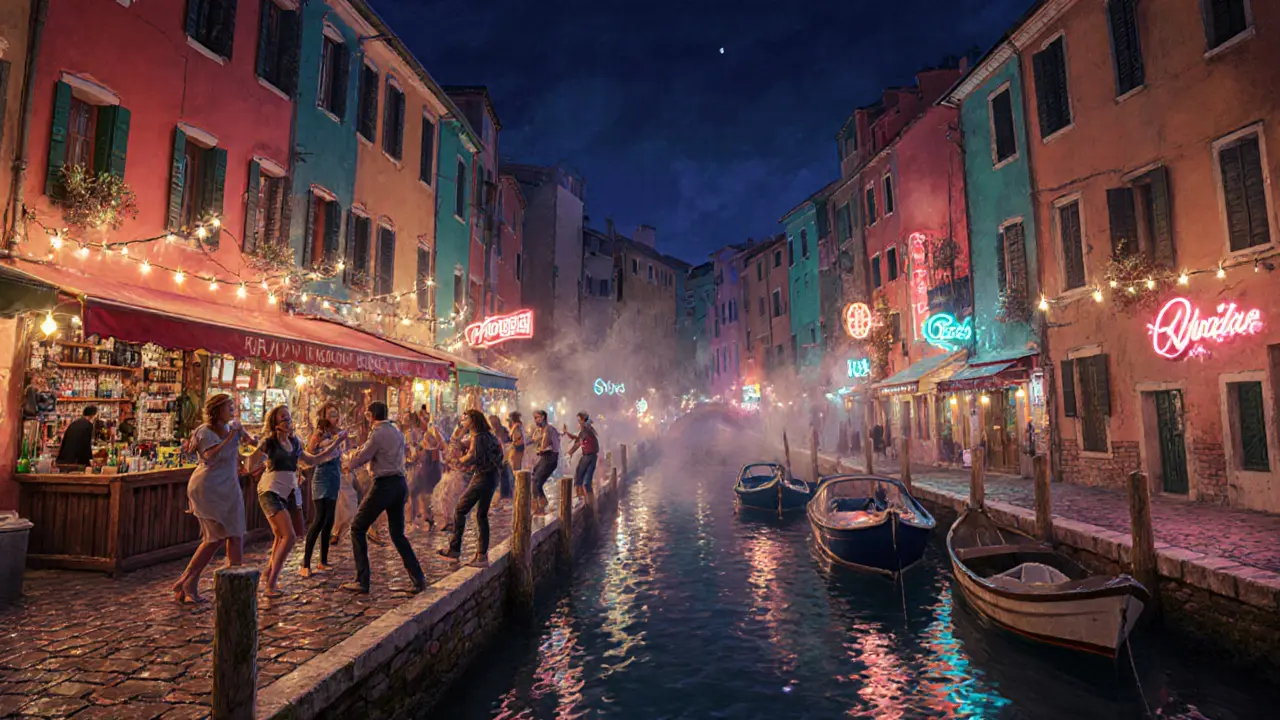
When to Go: Timing Is Everything
Milanese nightlife runs on its own clock. Dinner doesn’t start until 9 p.m. Bars don’t fill up until 11 p.m. Clubs don’t hit their stride until 1 a.m. If you show up at 8 p.m. looking to dance, you’ll be the only one. If you arrive at 3 a.m., you’ll miss the best crowd. Plan your night in layers: start with aperitivo at 7:30 p.m., have dinner by 9:30 p.m., hit a bar or live music spot at 11 p.m., and end at a club after midnight. Weekends are packed, especially Friday and Saturday. If you want to avoid the lines, go on a Thursday. The energy is still high, but the crowds are thinner and the drinks are cheaper.
What to Wear: Milan Doesn’t Do Casual
Forget jeans and sneakers unless you’re at a street bar in Navigli. Milan is Italy’s fashion capital for a reason. Even on a weeknight, people dress up. Men wear dark jeans or tailored trousers with a button-down or slim-fit sweater. Women choose sleek dresses, coordinated separates, or a stylish blazer over a top. You don’t need designer labels-just clean lines and attention to detail. Clubs like Magazzini Generali and Alcatraz enforce dress codes. No flip-flops, no sportswear, no hats indoors. If you show up in the wrong outfit, you won’t get in. Keep it simple: black, navy, or gray. Add one bold accessory-a watch, a scarf, or a pair of leather boots.
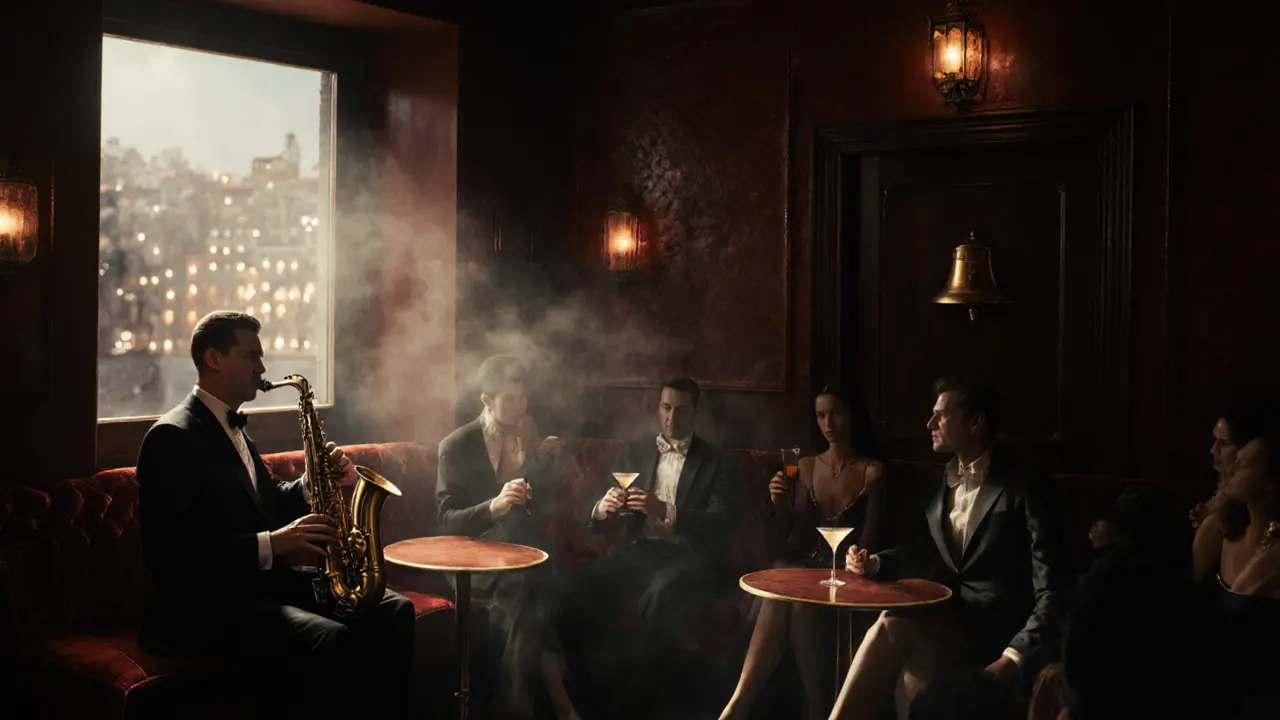
Transportation: Don’t Rely on Taxis
Taxis in Milan are expensive and hard to find after midnight. The metro shuts down at 1:30 a.m., but night buses (called bus notturni) run every 30 minutes from 1:30 a.m. to 5 a.m. Lines N1, N2, and N3 connect the city center to Navigli, Porta Venezia, and the Duomo. Download the ATM Milano app-it shows real-time bus locations. If you’re staying in the Brera or Porta Romana area, walking is safe and scenic. Avoid scooters or e-bikes after dark. The city has strict rules, and fines for riding without a helmet or in pedestrian zones can hit €150.
What to Skip: The Tourist Traps
There are places that look like they belong in Milan but don’t. La Perla on Corso Como is a flashy club with a long line and mediocre music. Le Jardin near the Galleria charges €40 for a drink and plays Top 40 remixes. Bar Luce-the Wes Anderson-designed bar inside the Fondazione Prada-is beautiful, but it’s a museum exhibit, not a nightlife spot. You can’t even order a cocktail after 7 p.m. Stick to the places locals recommend. Ask a waiter, a barista, or even a shopkeeper: "Dove va la gente giovane la sera?" (Where do young people go at night?) You’ll get a real answer.
Final Tip: Stay Safe, Stay Smart
Milan is generally safe at night, but pickpockets work the crowded areas near the Duomo and in the Navigli. Keep your phone and wallet in a front pocket. Don’t carry large amounts of cash. If you’re going to a club, leave your passport and credit cards in your hotel safe. Stick to well-lit streets. If you’re unsure where you are, ask for help at a pharmacy-they’re open 24/7 and will call a taxi for you. And never accept drinks from strangers. In Milan, the nightlife is about connection, not risk.
What time do clubs in Milan usually close?
Most clubs in Milan stay open until 3 a.m. or 4 a.m. on weekends, especially in areas like Navigli and Porta Venezia. Some underground venues like Ex Dogana or Magazzini Generali may run until 5 a.m. if the crowd is still going strong. Always check the club’s website or Instagram page for the latest closing time-it can change based on the night or event.
Is Milan nightlife expensive?
It can be, but it doesn’t have to be. Aperitivo costs €12-€18 and includes food, so it’s a great value. Drinks in local bars range from €6 to €10. Club entry fees are usually €10-€15, sometimes free before midnight. Tourist hotspots like Armani Privé charge €25-€40 just to get in. Stick to neighborhood spots for better prices and better vibes.
Are there any quiet nightlife options in Milan?
Yes. If you want to avoid loud clubs, try a wine bar like Enoteca Cappellini in Brera, where you can sample 50+ Italian wines by the glass. Or head to Bar Basso for a slow, thoughtful cocktail. Jazz clubs like Jazz Club Milano offer intimate live performances with seated audiences. Even the Navigli canals have cozy waterfront tables where you can sip prosecco and listen to acoustic sets without dancing.
Can I go out in Milan without speaking Italian?
Absolutely. Most bartenders and club staff in tourist-friendly areas speak English. But learning a few phrases-"Un aperitivo, per favore," "Quanto costa?" "Grazie"-goes a long way. Locals appreciate the effort, and you’ll get better service. Don’t rely on translation apps in noisy places; just smile and point.
What’s the best night of the week for nightlife in Milan?
Friday and Saturday are the busiest and most energetic, with special DJs and events. But Thursday is the secret favorite. The crowd is younger, prices are lower, and the vibe is more relaxed. Many clubs offer free entry on Thursdays to build momentum for the weekend. If you want the full Milanese experience without the chaos, Thursday is your best bet.


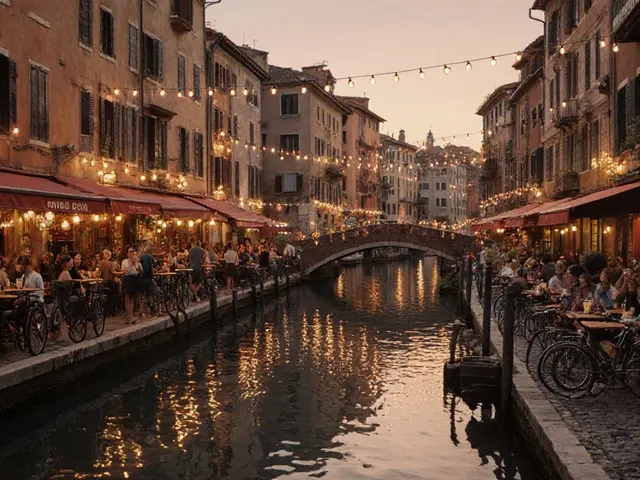

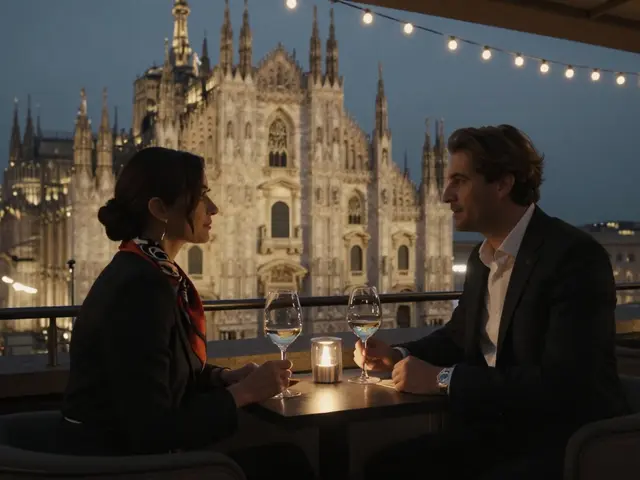
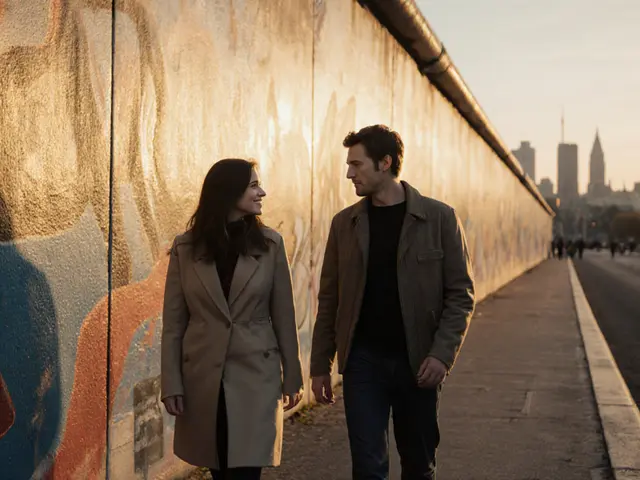
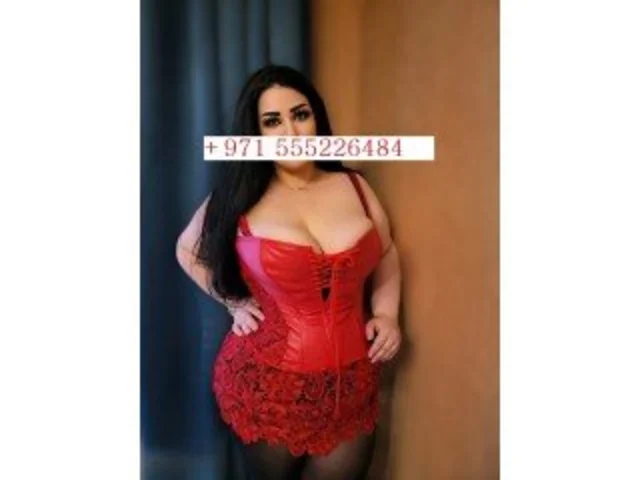



Write a comment